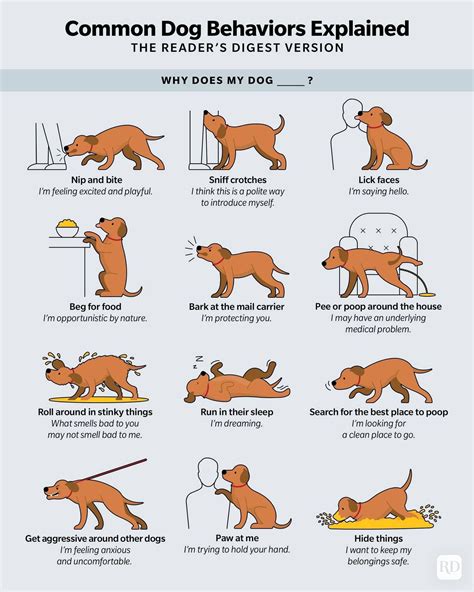Introduction

Aggressive behavior in pets can be a serious concern, posing risks to both humans and other animals. Understanding the underlying causes and psychology of aggression is crucial for effective management and prevention. This article explores the multifaceted nature of pet aggression, examining its triggers, types, and psychological motivations.
Types of Aggression
Aggression can manifest in various forms, each with distinct characteristics:
- Territorial Aggression: Defending a perceived territory from perceived threats.
- Dominance Aggression: Maintaining a dominant position within a social hierarchy.
- Predatory Aggression: Hunting or killing prey for survival or play.
- Fear or Defensive Aggression: Responding to perceived threats with aggressive behavior.
- Redirected Aggression: When aggression is redirected from the initial target to a nearby person or animal.
Causes and Triggers
The causes of aggression in pets are complex and can vary depending on the species and individual animal. Common triggers include:
- Fear or anxiety: Exposure to novel situations, people, or animals.
- Pain or discomfort: Underlying medical conditions, injuries, or pain can trigger aggression.
- Resource guarding: Protecting food, toys, or other valuable possessions.
- Frustration or boredom: Lack of stimulation or enrichment, leading to frustration and aggression.
- Genetics and breed: Some breeds may have a higher predisposition to certain types of aggression.
Psychology of Aggression
Understanding the psychology behind aggression can help us develop effective strategies for management. Key factors include:
- Evolutionary Theories: Aggression can be an adaptive behavior for survival, protecting resources, and maintaining social hierarchy.
- Cognitive Function: Aggression can be influenced by cognitive factors such as perception, memory, and decision-making.
- Emotional Regulation: Impairments in emotional regulation, such as impulsivity or high anxiety, can increase the likelihood of aggression.
- Social Learning: Aggression can be learned through observation or social interactions with aggressive individuals.
Management and Prevention
Effectively managing and preventing aggression in pets requires a multi-pronged approach:
- Veterinary Examination: Rule out any underlying medical conditions contributing to aggression.
- Behavior Modification: Training, socialization, and other techniques to modify aggressive behavior patterns.
- Environmental Management: Identifying and mitigating triggers and providing a safe and enriched environment.
- Medication: In some cases, medication may be prescribed to manage anxiety or other factors contributing to aggression.
Future Trends and Innovations
The field of pet behavior is continuously evolving, with new research and technologies emerging:
- Personalized Medicine: Tailoring treatments to the specific needs and genetic profile of individual animals.
- Artificial Intelligence (AI): AI algorithms can analyze behavior patterns and provide personalized recommendations for behavior modification.
- Virtual Reality (VR): VR simulations can create safe and controlled environments for behavior training and therapy.
Conclusion
Pet aggression is a complex issue that can pose significant risks. By understanding the various types, causes, and psychology of aggression, we can develop effective management and prevention strategies. Continuous research and innovation will further contribute to enhancing our understanding and ability to address pet aggression in the future.





















